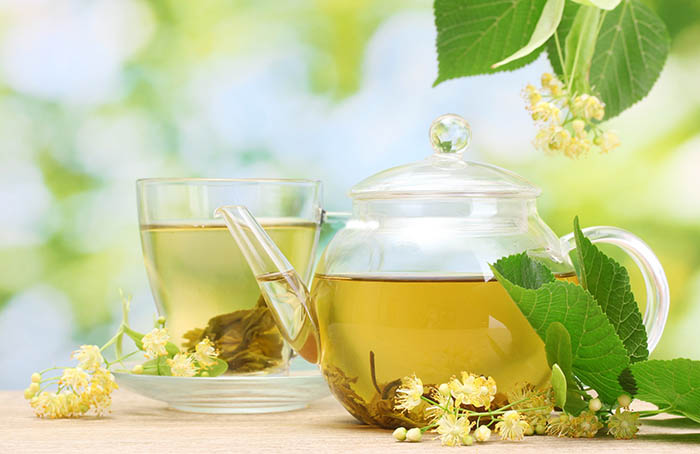
Pink or reddish: Although a red tinge to your pee is common after consumption of foods like beets, blueberries or rhubard, it also indicates blood in your pee which is a matter of concern. If you have pinkish pee without eating any foods that are known to change your pee color, you need a visit to the doctor. Blood in your pee could mean kidney stones, kidney disease, UTI, stones in the bladder, cancer of the bladder, kidneys or prostate. It can also indicate lead and mercury poisoning. Get medical attention immediately.
Blue or green: Though rare, seeing this color in your urine is not uncommon especially when you have eaten confections or baked goods containing food dye. Certain food dyes do not get absorbed and stay in our gastrointestinal tract, hence altering our pee color. A bluish-green urine is also found in a rare disease known as porphyria. Bluish-green pee can also indicate a bacteria infection in the urinay tract which could be accompanied by pain or discomfort when urinating.
Foaming or fizzing: Occasional foaming pee could be caused purely by the hydraulic effect. However, constant fizzing or murky pee can indicate excess protein or a kidney problem.
| Sponsored Links |
|
|




